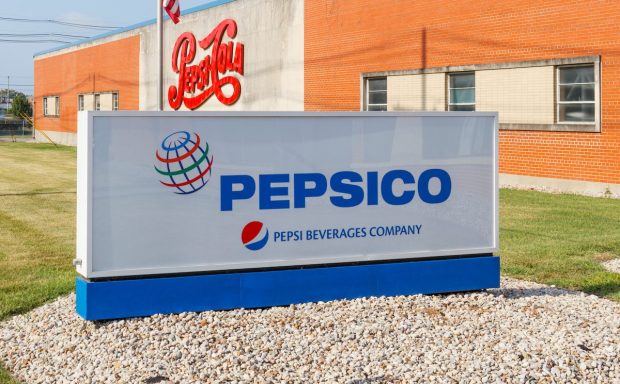
Rather than trading down to lower-priced brands, many shoppers are buying the same name-brand products in smaller amounts, according to PepsiCo.
The food and beverage giant shared in prepared remarks Tuesday (Oct. 10) accompanying the release of its third-quarter earnings results that it has seen consumers’ preferences shift toward “smaller packages,” not only because these are lower-priced but also because they can be more convenient and they meet some shoppers’ demand for portion control.
During a Q&A with analysts accompanying these remarks, CEO Ramon Laguarta observed that units are growing “much faster” than volume, with many consumers shifting to these smaller sizes.
“[We’re] making sure that our brands continue to be within affordable price points to consumers … [who] make decisions a lot based on price point,” Laguarta said. “So, we’ve been reducing portion size of our products and making sure that we’re still very affordable, and that [has] an impact on the actual volume.”
Many shoppers are strapped for cash. PYMNTS Intelligence’s report “The Credit Accessibility Series: Economic Malaise Exacerbating U.S. Consumer Debt Levels,” created in collaboration with Sezzle, revealed that 49% of consumers said they have trouble paying their bills the way they once did. Plus, the study found that consumers have $189,754 in total outstanding debt on average.
These challenges are certainly following shoppers to the grocery store. According to the study “Installment Plans Becoming a Key Part of Shopper’s Toolkit,” a PYMNTS Intelligence and Splitit collaboration based on a survey of more than 2,500 U.S. consumers, about 1 in 5 shoppers has used some type of installment payment plan in the past 12 months to purchase groceries.
As such, consumers are making difficult trade-offs at the grocery store, but most continue to opt for preferred where they can.
“We’ll continue to make optimization … as we need to absorb inflation and make sure that our brands remain a choice for consumers that are clearly more limited in their disposable income,” Laguarta said.
PYMNTS Intelligence’s study “Consumer Inflation Sentiment Report: Consumers Cut Back by Trading Down,” found that only one-third of grocery shoppers have downgraded from their favorite brands to save money.
Moreover, shoppers continue to buy foods and beverages they do not strictly need. PYMNTS Intelligence’s “New Reality Check: The Paycheck-to-Paycheck Report,” a collaboration with LendingClub, found that three-quarters of all consumers buy “nice-to-have” items at the grocery store at least sometimes.
Speaking about PepsiCo’s investment in grocery technology giant Instacart, Laguarta noted that the aggregator can provide the food and beverage company with data about consumer behaviors, among other metrics.
“With digitalization, we’re trying to obviously give much more precision to our decision-making across everything we do from how we talk to consumers, how we invest, in our pricing with our customers, and how we run our end-to-end operation, … all these all these activities that we do to generate value for our consumers,” Laguarta said. “[It] still is the priority of the company to make the company more precise and intelligent and empower our front line to make better decisions all the time, with the best information possible.”